 Italiano-
English-
日本語
Italiano-
English-
日本語
Welcome to the page computer networks
On this page you will find, with adact words, the history and current developments of the computer networks, as has already been emphasized in the other pages it is impossible to condense this little text all that is to say on the subject but if you need clarification Or professional advice you can contact me via the "contact" page.
Find here on this line and at the bottom of the text the links to go to the "computer and hardware" page and the "software" page.
We have said in the "computer" page that computer systems have become indispensable now in all fields because of their computing power and the utmost versatility, since they can use the specialized software (or application) when it is needed. But the real revolution started when it was realized that networking between the various machines could have shared data, peripherals, and jobs. So, the network adapters, then not very fast (1 Mbps), have been added to the PCs, but they are suitable for the purpose, and connect PCs to each other by creating the so-called local L.A.N. networks. (Local area network) using archaic but effective network protocols such as the NetBIOS Extended User Interface (NetBEUI) or the IPX-SPX protocol.
This kind of networks could not overcome, for intrinsic limits to the physical connection itself and the protocols used at the rate of 10 Mbps, they were made with closed-loop technology (Token Ring) and used for physical wiring the coaxial shielded cable for Radio frequency RG58 with BNC termination.
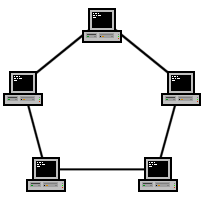

Topography of a Token ring network Connector BNC used to wire the cable RG58
The next coming of a revolutionary network protocol, which is TCP / IP, which allows for more reliability in the transmission of digital data and to address them with absolute certainty, imposed the study of a transmission line that would allow a speed Of transmission significantly higher than those used up until then, it was decided to use the Unshielded Twisted Pair (UTP) twisted pair cable, that is, with four pairs of wires twisted at two voltages so that four pairs of wires , These cables have several categories of quality, the one currently used for most networks is Category 5e (extended).
The networks using these cables, with appropriate eight-contact telephone connectors (RJ45), and wired wires, can provide data rates up to 100 Mbps at a maximum distance of 100 meters and for connections Short, 10 meters maximum, they can reach a speed of 1000 Mbps (1 Gbps), for larger distances you use the Shielded Twisted Pair (STP) cable, which is almost equal to UTP but with shielding of both pairs and a wrap The totality of pairs of twisted yarns. The cables are then connected to an electronic device known as HUB (concentrator) or to its more intelligent relative, that is, the SWITCH, usually placed in a container placed in the center of the network itself, so as to keep the cable length to the minimum possible.
For longer speeds or for long distances, fiber optic is used, which is made up of an internal transmitting material light (filaments of plastic or glassy) and an outer rubber coating, the transmitting medium is the LASER modulated by impulses digital. It provides very high transmission speeds and a nearly total immunity to noise, so it is ideal for making networks of type M.A.N. (Metropolitan area network) and especially W.A.N. (Wide area network).
Interface between lan networks and networks of type M.A.N. And W.A.N. Is realized by means of an electronic device called ROUTER (router), which, in conjunction with a modem, which decodes the data stream from the telephone network, allows to route the data flow from the WAN to the LAN (and vice versa ) Using NAT technology (Network address translation), that is, the connection of a number of computer devices (LAN, up to 256 at a time) to a single network (WAN or MAN).
There are also widespread, and widespread use of wireless networks (Wireless), which use a radio frequency (2.4 and 5 GHz band) bandwidth modulated with digital technology to connect to each other Computer equipment, we have wireless network adapters for PCs, wireless switches called access points and wireless routers that enable the networks shown above. They are fully developed thanks to the opportunities they offer, which can be connected without wiring any type of cable, can also be connected to outdoor, LAN networks in historic buildings and are ideally suited for small-sized smartphones or tablets of any size guy.
Like everything, even the wireless network has its downside, considering the health risks that it brings with having one or more transmitting devices at very short wavelength in the house, risks which, among other things, are not yet the effects are known, the other main disadvantage cannot be overlooked, namely that the transmission and reception speed is limited by the fact that it is a simplex communication (or transmission, or reception, therefore not simultaneous), while instead the wired network is full duplex (simultaneous transmission and reception of information), another disadvantage is given by the limits imposed by the medium itself, which being limited in power, for obvious reasons the quality and consequently the speed will degrade very quickly with the distance and the presence of radio interference.
At the moment the maximum speed is given by the 802.11AX-2021 MIMO standard with speeds of 10 Gbps (simplex), previously there were the 802.11N at 150 and 300 Mbps, the 802.11G at 54 Mbps and the 802.11B at 11 Mbps.

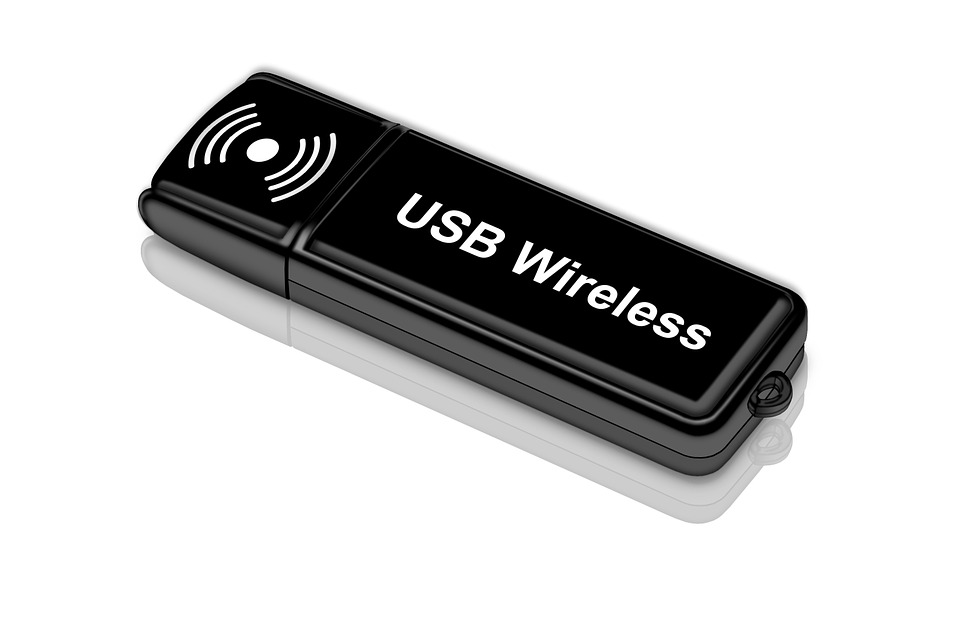
Wireless router with system Diversity Wireless Type Network Adapter USB
The arrival of the largest WAN network in the world, that is to say, the Internet has allowed them to connect billions of computers and computer systems to each location in the world and to reflect broad spectrum sharing of data, work, knowledge and creation
Of e-commerce site, that is, e-commerce, a real revolution. Actually, this has also created some scratch, talking about computer viruses, data theft, identity and cybercrime.
The Internet offers many opportunities, but you have to know how to use it with care and attention, it is not a place to go for it, or at least it should not be, but we are currently linking to the large network of machines that have nothing to do with computer science Ie washing machines, kitchen appliances, refrigerators, TVs, smartphones and more.
Internet has also led to the explosion of social networks, such as Facebook, whatsapp or Twitter, which allow you to communicate intercontinental distance without moving from home.
Access to the Internet is guaranteed by the large telephony operators, both wired and mobile. Currently, the large mobile telephony operators have sensed the business possibilities linked to mobile wireless networks, to complement the cabling in I.S.P. (internet service provider) and you invest a lot with continuous innovations that increase the speed, we talk about 4G or LTE that travels on speeds around 150 Mbps and previously 3G, which had already brought with it in its latest evolution (HSDPA +) a substantial increase in both the speed and a decisive decrease in latency and PING (evaluation parameters and network quality tests), The new 5G technique is currently being studied and implemented, which will bring speed and latency to unimaginable values up to Now. The 5G network will serve for the decisive development of the Internet of things (Internet oh things abbreviated with I.O.T.) and for the autonomous driving of vehicles thanks to the very high speed, and the very low latency and PING.
However, even the wired internet network is undergoing substantial evolution, with fiber optic connectivity that will gradually reach even the most remote places, ensuring a minimum speed of 20 Mbps.
Below is a series of enlargable images that will allow you to know more closely what we have talked about so far.
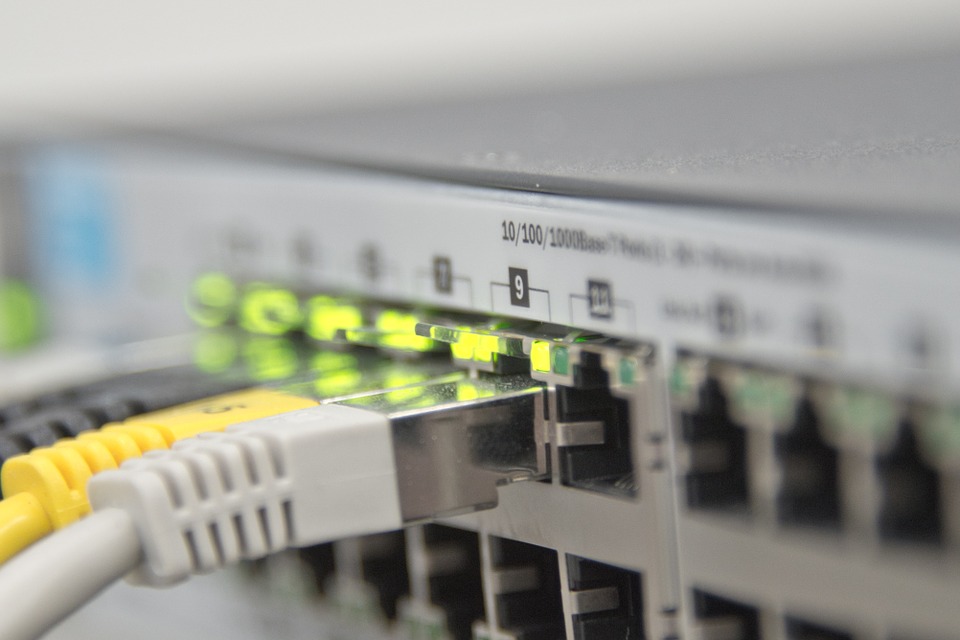
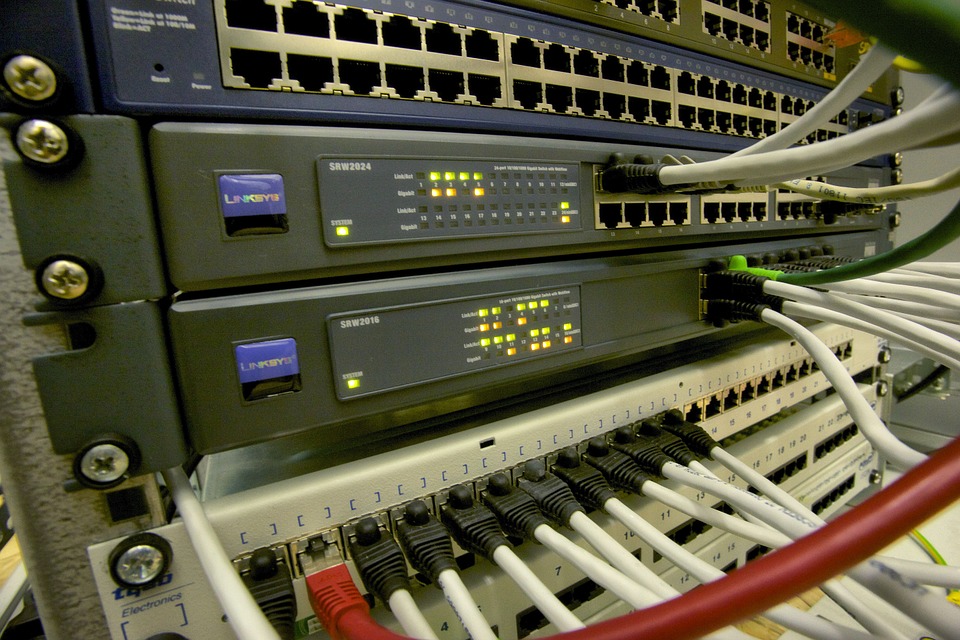
STP cables with shielded RJ45 Various switches connected to the main patch panel

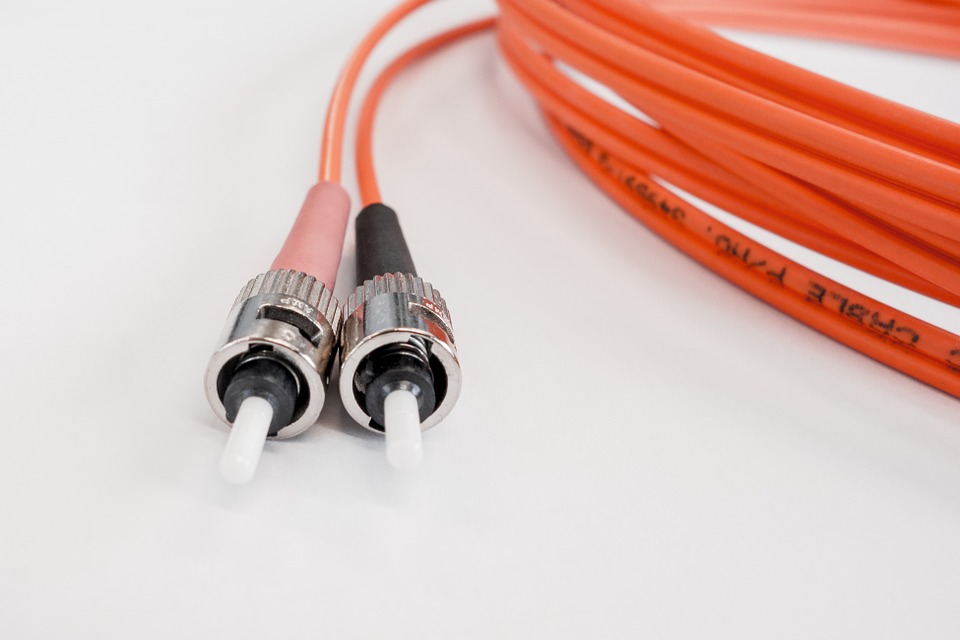
Fiber optic cables for network WAN Connectors for fiber optic to mains switch
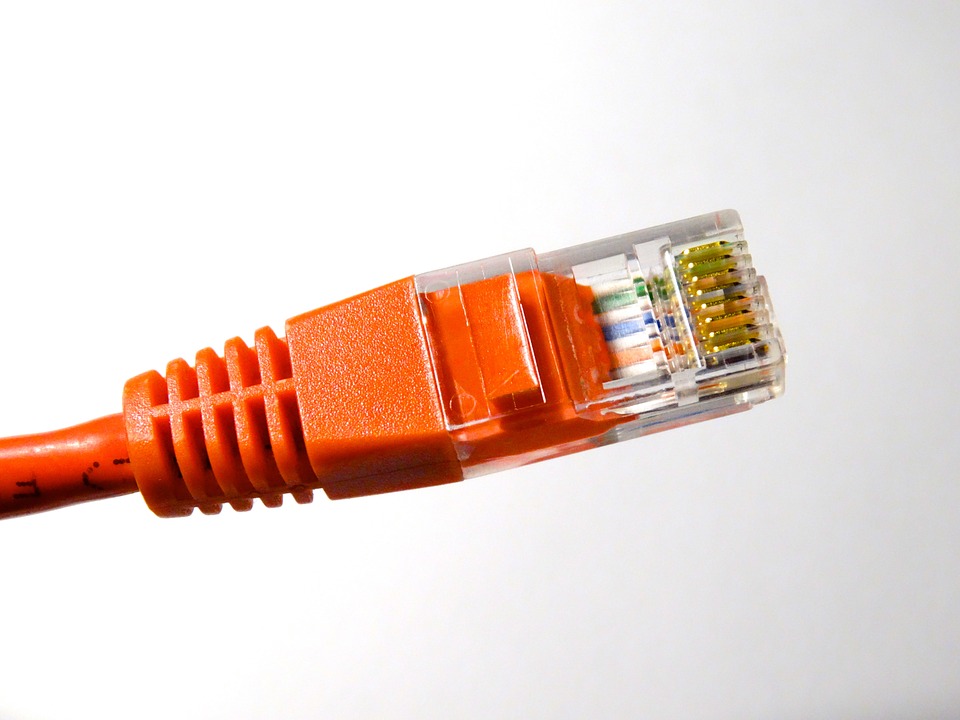

UTP network cable with RJ45 termination S.R.B. propagating 4G and 5G mobile signal
I also reiterate this time that it is impossible to condense in these few lines all that is to be said about the subject matter, so if you want to deepen or you need professional advice you can contact me by going to the "contact" page of this site. I hope that as much as you like, good navigation.
All the trademarks eventually mentioned on this page belong to the legitimate owners
Informatics, Software and O.S., Computer network
Electronics, Active components, passive components
Radiowave
Seismo
Contacts
Who I am
Sitemap
Audio
Terms of use
Armando Caligiuri, Electronic senior expert, electronic and I.T. maintainer, I.T. consultant
Web master Armando Caligiuri
(C) 2024 V3.2
All the trademarks eventually mentioned on this page belong to their legitimate owners